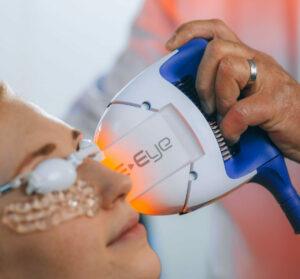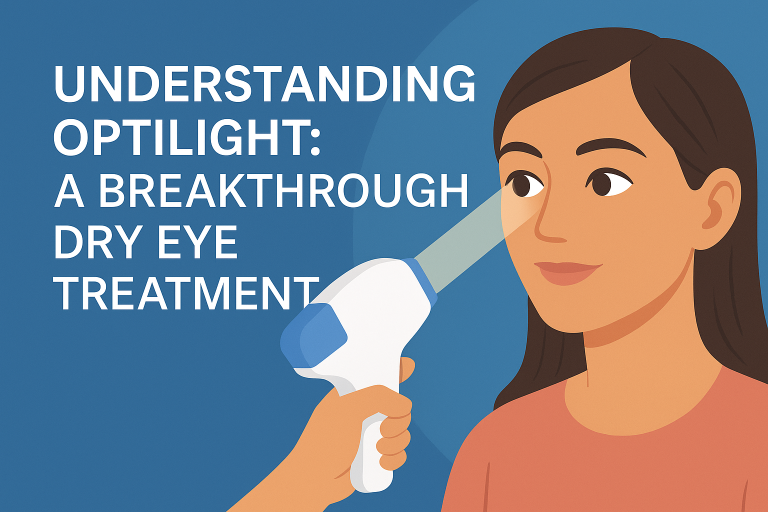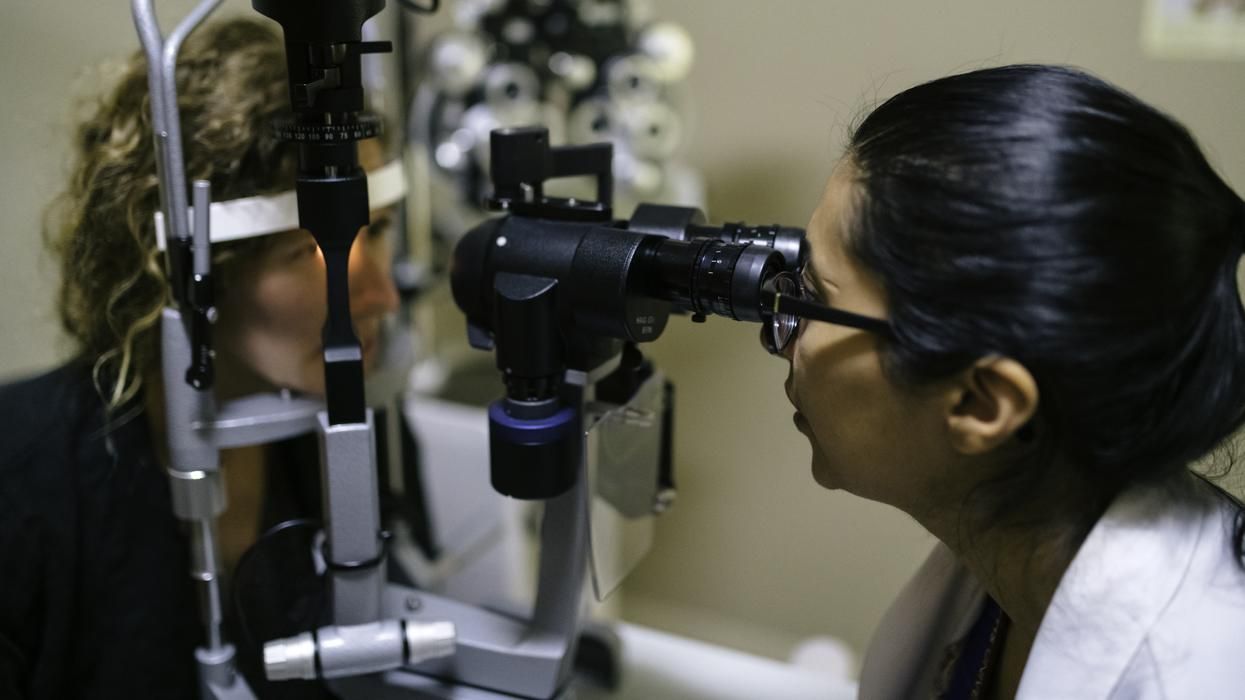Evolutionary Eye Care Blog
Learn more about optometrist care in our blog!

Scleral lenses are popular because of their comfort and ability to help individuals with irregular or dry eyes. Recently, a smaller version called mini-scleral lenses has gained attention.

A recent study shows pilocarpine + diclofenac eye drops significantly improve near vision for presbyopia — offering a potential alternative to glasses and surgery.

Eating the right foods can help protect your vision and reduce the risk of eye diseases. Here’s how nutrition plays a key role in keeping your eyes healthy.

We live in a digital-first world, but our eyes are paying the price. Regular screen breaks and digital detox habits can prevent eye strain, dryness, and long-term vision problems.

Sleep is not just about rest — it’s vital for healthy eyes. Poor sleep can lead to dry eyes, blurred vision, and even increased risks of serious eye conditions.

Both IPL and IRPL can treat dry eye, but IRPL offers greater precision and effectiveness. Learn how these light-based therapies compare in managing MGD.

Betalight PDT offers a promising new light-based therapy that restores meibomian gland health and provides lasting relief for dry eye sufferers.

AI is reshaping cataract surgery and optometry, but clinicians caution that it should support—not replace—professional judgment for safe, effective care.

DOT lenses are now protecting one million kids from nearsighted progression—discover how this myopia management tool works and why it’s gaining momentum.

AR technology is helping adults with amblyopia where traditional treatments couldn't—discover how enhanced training can reinvigorate vision.









